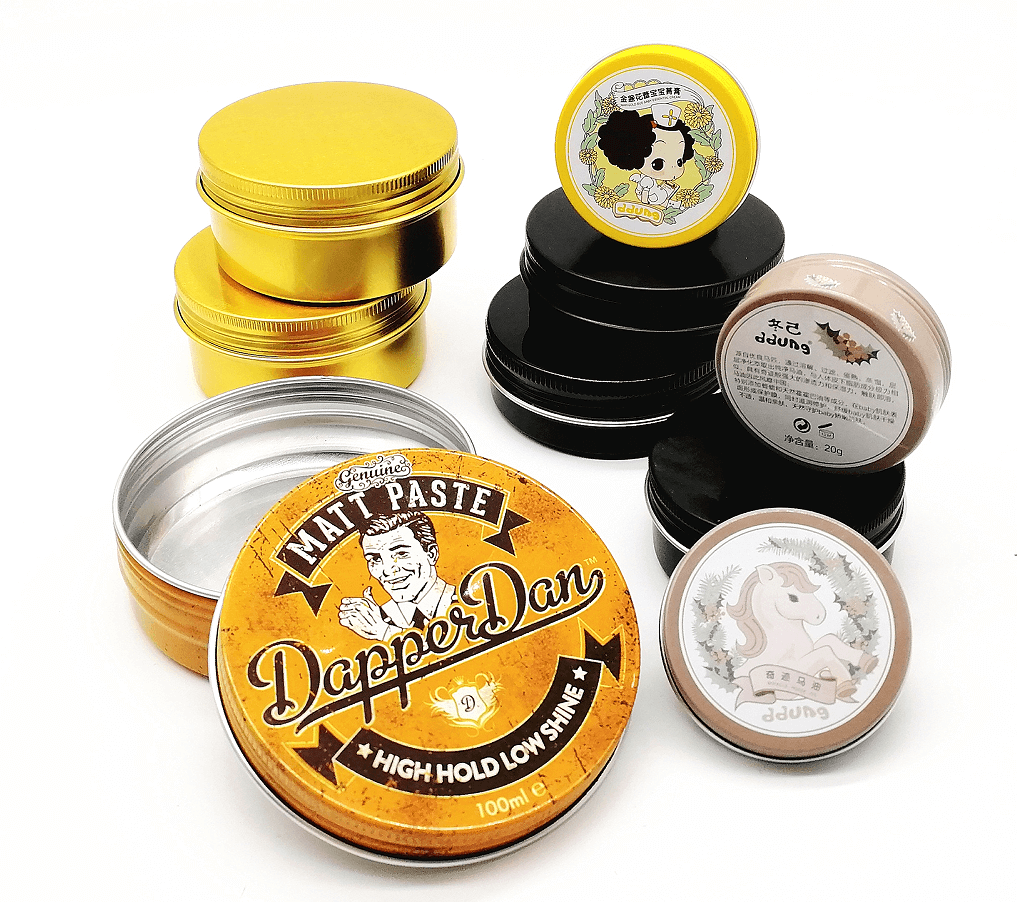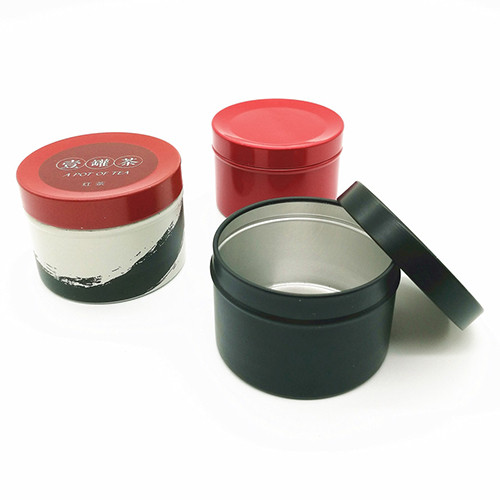What finishing trims (rims, rolled edges) increase durability of a custom tin can?
Can lip, bead, hem, or bead—which decorative edges truly enhance the durability of a custom tin can? This question is crucial for product reliability, shelf life, and brand recognition. During the manufacturing process, subtle variations in the details of a metal can‘s edge can impact its ability to withstand drops, resist stress pitting corrosion, stack on pallets, and protect the contents from contamination. The right edge treatment can strengthen weak geometries while eliminating issues that can shorten product life or damage packaging lines.
How do single- and double-sided beading on custom tin can enhance edge strength and prevent deformation?
Beading is the most common edge treatment used to enhance the mechanical durability of custom tin cans. During the beading process, the edge of a sheet of metal is folded one or more times to form a closed loop of material. This geometric change transforms a thin sheet edge, susceptible to warping and cracking, into a multi-layered structure that resists localized indentations, impacts, and edge corrosion.
Single beading is more economical and reduces sharpness, improving worker safety and machine operability. Double beading embeds more material into the rim thickness, significantly increasing bending stiffness and compressive strength. For metal tin can lids, double beading helps maintain concentricity under axial loads (such as stacking) and reduces the likelihood of lip deformation during handling or lid closure. When specifying beading for custom tins, we take into account material thickness, temper, and minimum bend radius. The provided die drawings also indicate the fold thickness and remaining inside radius, allowing you to predict stacking behavior and coordinate with lids and sealers.
Flanges, flange reinforcements, and skirt designs facilitate stacking and sealing.
A flange is a flat surface extending outward from the can wall, forming a skirt that mates with the lid, gasket, sealer, or retaining clip. A flange improves durability in two ways: it increases resistance to axial collapse (stacking loads) and provides a secure interface for the closure system. For industrial or retail packaging that requires pallet stacking, an appropriately sized flange can distribute vertical loads over a larger circumference, preventing localized bending.
Skirt designs can also include internal ribs or beads to support the lid and secondary closure. For tamper-evident or reusable cans, flanges allow for repeated opening and reclosing without rapid deformation. When designing flanges for a custom tin can, we must consider the desired lid style (snap-on, screw-on, or press-on) and the automated equipment used to assemble and test the seal. Appropriate flange geometry ensures predictable lid placement, reducing rework.
Ribs, Ribs, and Circumferential Embossing for Custom Tin Can to Increase Stiffness and Impact Resistance
Circumferential ribs, ribs, and light embossing are finishing touches that enhance the bending stiffness of the custom tin can without significantly increasing the can wall thickness or material cost. Ribs are shallow grooves or raised rings pressed into the can body near the rim or center. Ribs act as structural reinforcement by changing the cross-sectional shape and preventing dent propagation. Strategically placed near the rim, shoulder, and bottom, ribs can absorb impact energy and reduce overall deformation.
Ribs work similarly but are typically deeper or more common. Designers can make ribs continuous or segmented; continuous ribs provide uniform stiffness, while segmented ribs allow adjustments to maintain aesthetics. From a manufacturing perspective, beading and ribs require a forming station or quick die changes on a press line. Therefore, when customizing tin cans with embossing, we coordinate the diameter, depth, and position of the bead to ensure that labels and shrink sleeves remain in place and do not deform.
Seam Edges, Double Seams, and Seam Reinforcement on Lids and Covers
The interface between the can body and lid is often the most susceptible to functional failure, as leaks, contaminant ingress, and mechanical disengagement frequently occur at this point. The double seam is formed by mechanically crimping the lid edge and the can body together, but the seam geometry is crucial for any durable, sealed can. A properly double-seam distributes pressure, prevents micro-seaming, and resists seam separation under axial impact.
For tins that require frequent opening and closing (such as cookie tins), the seam geometry is optimized to allow for repeated sealing without rapid loosening. We choose to increase the flange thickness to extend its service life slightly. Seam quality control is crucial. We perform cross-sectional inspections, seam thickness measurements, and leak tests to ensure that the seams meet the specified requirements.
Edge curling prevents burrs and corrosion
Sharp edges and burrs not only pose a safety hazard but also create stress concentrations that accelerate cracking and corrosion, especially at paint or coating break points. A curled and folded lip seals the raw edges, protecting exposed metal and any conductive substrates from direct contact with moisture or corrosive substances. This surface treatment reduces corrosion at the edges and prevents paint or varnish from frequently peeling off.
Beyond its chemical properties, curling reduces mechanical wear on shrink sleeves or labels. Exposed edges can wear on labels during handling, leading to aesthetic defects that consumers associate with poor quality. The predictable geometry of the curled edge also facilitates secondary post-processing, such as seam sealing or cosmetic finishing. Therefore, when specifying a bead finish for a custom tin can, we determine the details of the inner radius, bead width, and any required machining marks.
Increasing the Durability of Custom Can Tin
Finishing finishes, including rims, beading, hems, beads, and flanges, are more than just cosmetic choices. They are carefully designed to significantly enhance the durability, safety, and longevity of a custom can. The right bead can reduce localized bending and protect the custom tin’s coating, so choosing the right one based on the specific application scenario can be beneficial.
Related Frequently Asked Questions (FAQs)
1. Which edge treatment is best for reusable custom tins that are opened multiple times?
For reusable custom tins, a reinforced flange combined with a gentle double bead ensures long-term mechanical integrity.
2. Does beading reduce the strength of the can?
No. Proper beading and double beading can increase the rigidity of the can and reduce its sharpness.
3. How do beading and ribs affect labels or shrink sleeves?
Beading creates localized surface geometry changes, and some types of labels or shrink sleeves may not adhere properly to deeply beaded surfaces.

-1200x423.jpg)




 Facebook
Facebook Twitter
Twitter Linkedin
Linkedin
